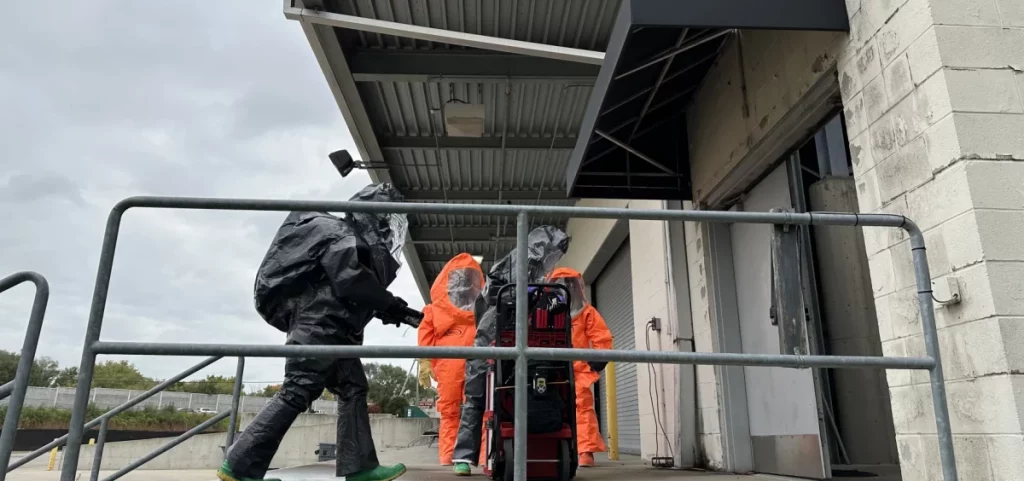Under this mock exercise, the hazard was the biological agent anthrax.
The United States last recorded an anthrax attack in the weeks following 9/11, when laced letters mailed to U.S. Senators and media outlets left five people dead and 17 more sick. More than two decades later, Vanderhoff said emergency preparedness drills allow the state and localities to see how ready they are—just in case.
“All of us involved in this exercise hope that we will never have to address these kinds of issues,” he said.
ODH, however, has not been so lucky when it comes to other kinds of health emergencies.
Starting late in the winter of 2020, the COVID-19 pandemic first prompted stay-at-home orders, and then the need for widescale vaccine distribution. More recently, when East Palestine residents voiced their anxieties about the aftermath of the train derailment, the department offered a pop-up clinic.

Statehouse News Bureau]

